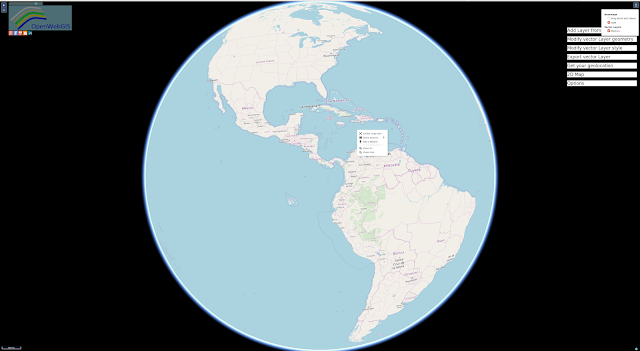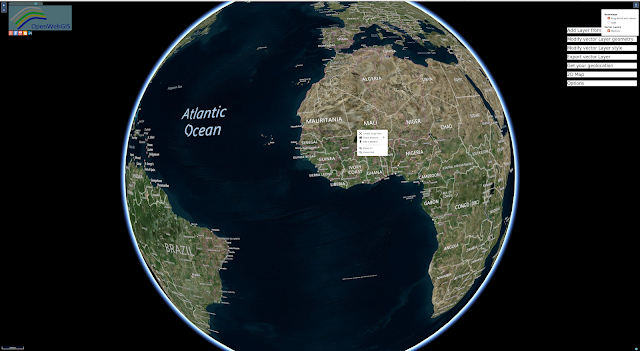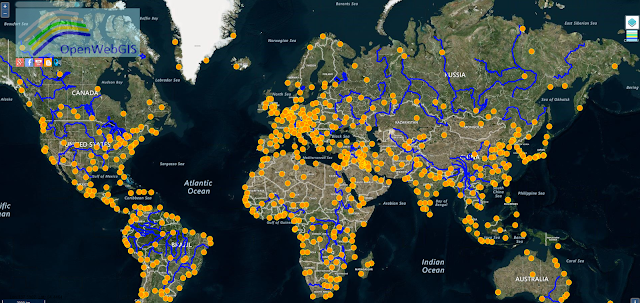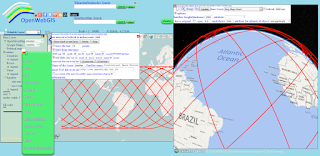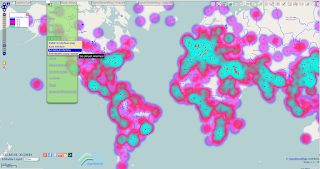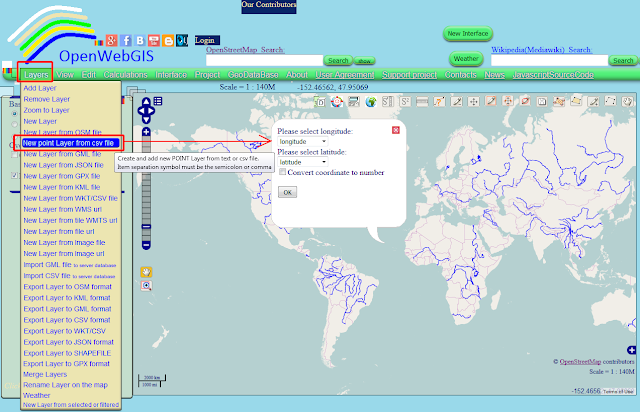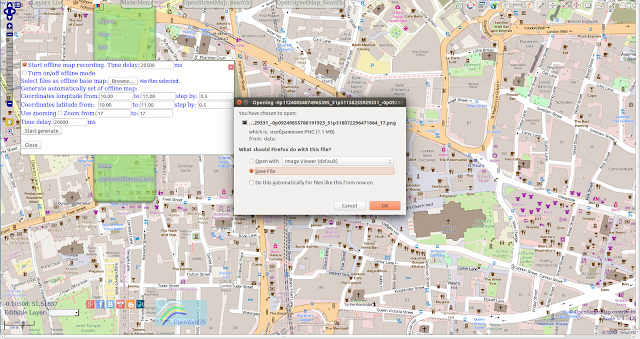OpenWebGIS
continues its development. Now it is available at the new link. Some
time ago the system version called OpenWebGIS version 2 was
updated. Work on this version was started several years ago. 3D
mode for viewing map information on Earth globe was added. Some other
functions were also added, for example import/export of CSV files,
some minor bugs were fixed in other functions. Though at the moment
because of some different reasons there isn`t fast and sufficient
development of OpenWebGIS, but the system goes on existing and though
slowly but still it improves.
OpenWebGIS
is based on open source JavaScript libraries OpenLayers3, Cesium an
open-source JavaScript library for world-class 3D globes and maps
and OL-Cesium for OpenLayers - Cesium integration. The code has been updated on
GitHub.
So you can use a new open source code of OpenWebGIS 2. Implementation of newer version of OpenLayers in the code of OpenWebGIS is planned to be done in the future.
The
system version called OpenWebGIS version 1 ( based on OpenLyers 2) is
also developing, some issues have been fixed in the prediction function as well as
the Czech interface has been added, thanks for Jiri Podhorecky.
OpenWebGIS
1 (main version) has more vast set of functions than OpenWebGIS 2 but
perhaps it is not comfortable enough for using on modern mobile
devices and its interface is really intense that is exessive for some
users.
